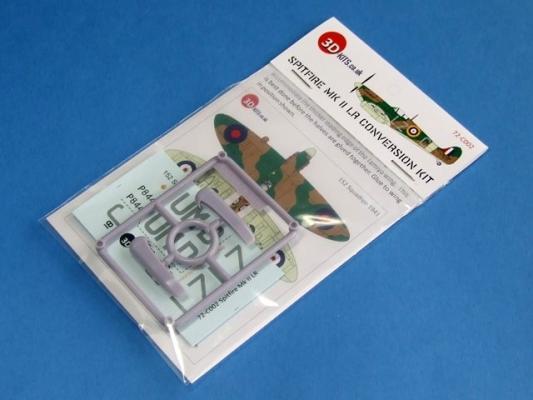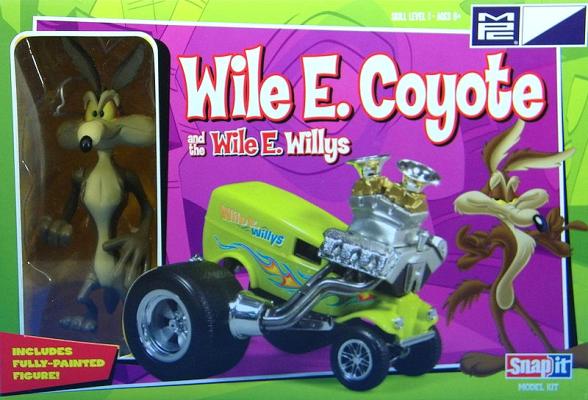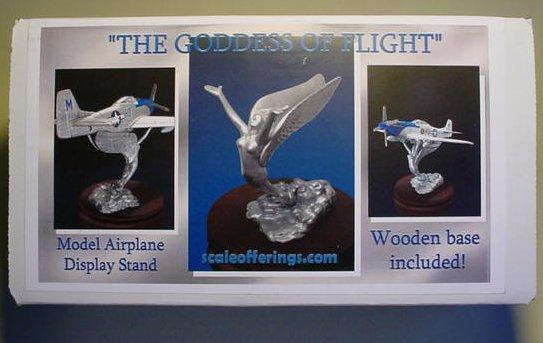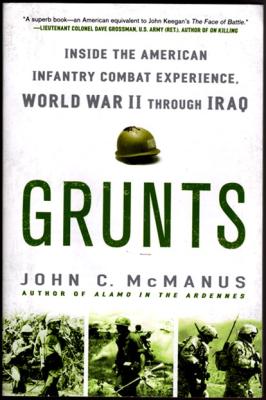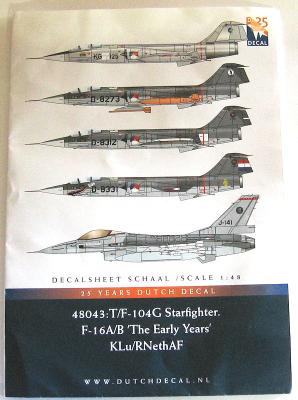To increase the Spitfire's range about 100 Mk IIs were adapted in 1941 to carry a non detachable fuel tank under the port wing. These served with 66, 152 and 188 Squadrons. The tank gave a useful increase in range and allowed Spitfires to escort bombers on daylight raids to the continent, but speed and maneuverability suffered.
Welcome to the IPMS/USA Reviews site!
Introduction: The primary organization of the IPMS/USA Review website is by IPMS/USA National Contest Class. Within each Class there are sub-menus by kits, decals, books, etc. The Miscellaneous Class is for items that are not class specific or that cross two or more classes.
IPMS/USA Members: We encourage you to submit reviews, both here and to the Journal. To volunteer for membership in the IPMS/USA "Reviewers Corps" and submit your own reviews, please read the Guidelines For Submitting Product Reviews.
Manufacturers, publishers, and other industry members: IPMS/USA is pleased to offer your company the opportunity for product reviews. All product reviews are performed by IPMS/USA members, and are posted in the publicly-accessible section of our website. With very few exceptions, we perform full build reviews of new kit releases, aftermarket products, and supplies. If you would care to provide product samples for review, please contact John Noack, IPMS/USA 1st VP.
To learn more about IPMS/USA, please see our About Us page.
Saturday morning cartoons once again meet the modeling bench in Round2’s resurrection of classic kits featuring Warner Brothers’ beloved Road Runner and his nemesis, Wile E. Coyote. Of the three newly re-released kits, this review focuses on the hapless Wile E. Coyote and the Wile E. Willys – a loony dragster embodying a skateboard culture theme.
The MPC-branded kit consists of 4 sprues of colored parts (including 1 chrome-plated), a set of peel-and-stick decals, and a pre-painted vinyl Wile E. Coyote figure. Construction is touted as snap-together, but we found it necessary to apply either superglue or Tamiya liquid cement for virtually every step.
The Parts
The Goddess of Flight provides a sturdy and classy display base for models. The Goddess figure consists of seven parts, all cast in resin. Her feet are contained within a base that can simulate clouds or water, depending on what model she will be supporting. There are no “feet” per se, but a resin locating peg that slips into the cloud/water base.
This cloud/water base comes with a ¼” (approx.) nut that is embedded firmly in the resin. The nut slides upward through a finished wooden base which provides lateral support for the finished Goddess and a whole lot of “class”. The wooden base is circular, comes completely finished and is very attractive.
This thick book gives one a close up look at the life of the fighting infantryman! Each of the 10 chapters covers a specific battle and the experiences of those who fought there. From the Pacific theatre to the European, from Vietnam to Iraq, you are there on the beaches, in the foxholes, the rice paddies and through the streets of Fallujah.
This book gives you a very good sense of the up close and personal war that is fought by each and every combat infantryman be they Marine or US Army. Harrowing accounts of night fighting and Banzai charges, fighting the elements and the Germans at the Bulge in this book you are there. Each chapter puts you in the heart of the action and gives you as close as any book can a sense of what it was like to be there.
This comprehensive decal sheet covers nine F-104Gs, four TF-104Gs, and twelve F-16As. A couple of the F-16 schemes are for the same aircraft serving with different squadrons, so although the serial number on the tail is the same, the squadron badge is different. The title of the sheet indicates that it contains markings for both the F-16A and B, but there are no F-16B aircraft depicted in the instructions. Color density and registration appears to be very good. A full set of stencils is provided for the F-104 and a four-view drawing is included to aid in placement. There are no stencils provided for the F-16s. The recommended kits are the Hasegawa (F-104, TF-104, F-16) and Kinetic (F-16) offerings, so F-16 stencils should be available from those kits.
The markings offered are:











